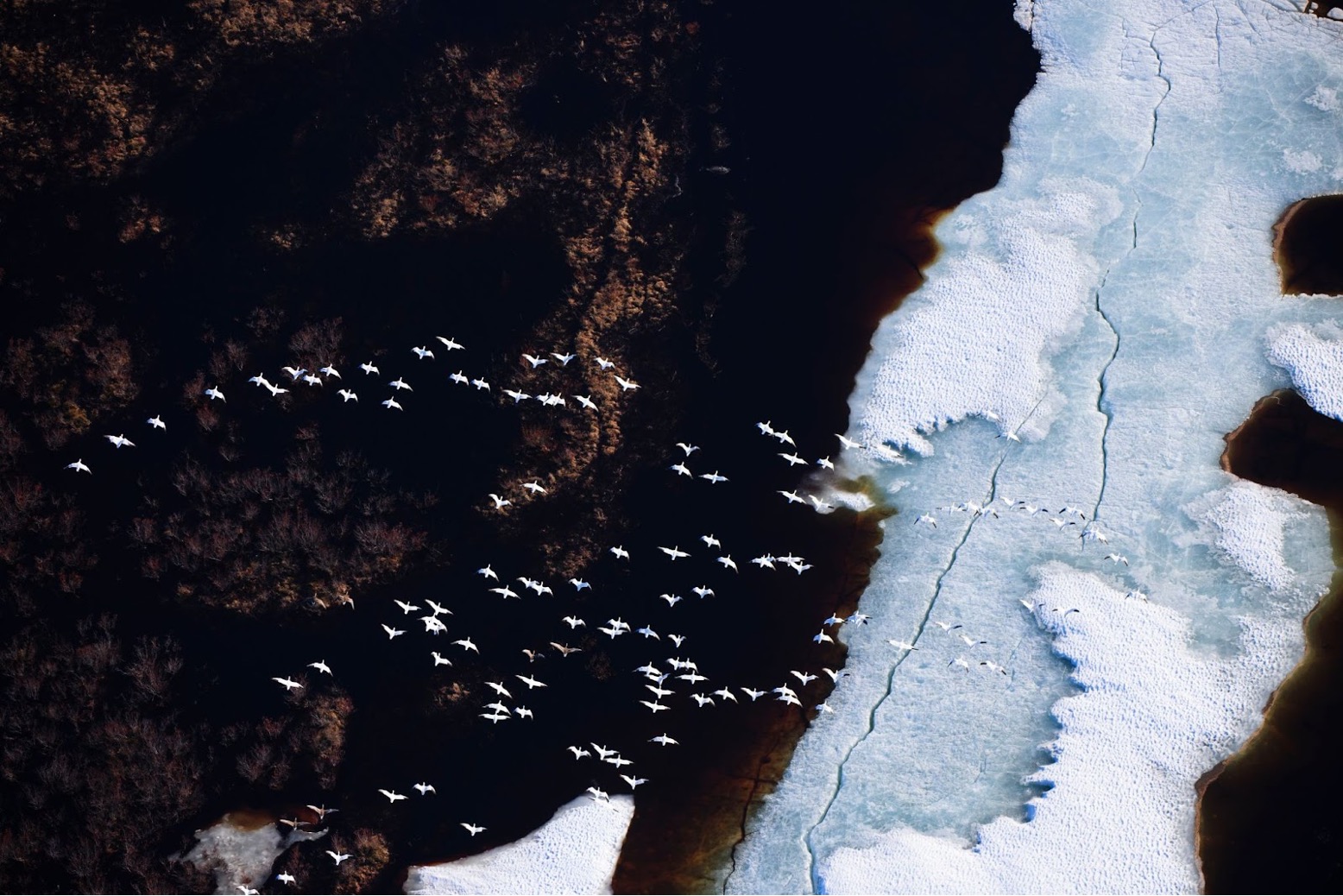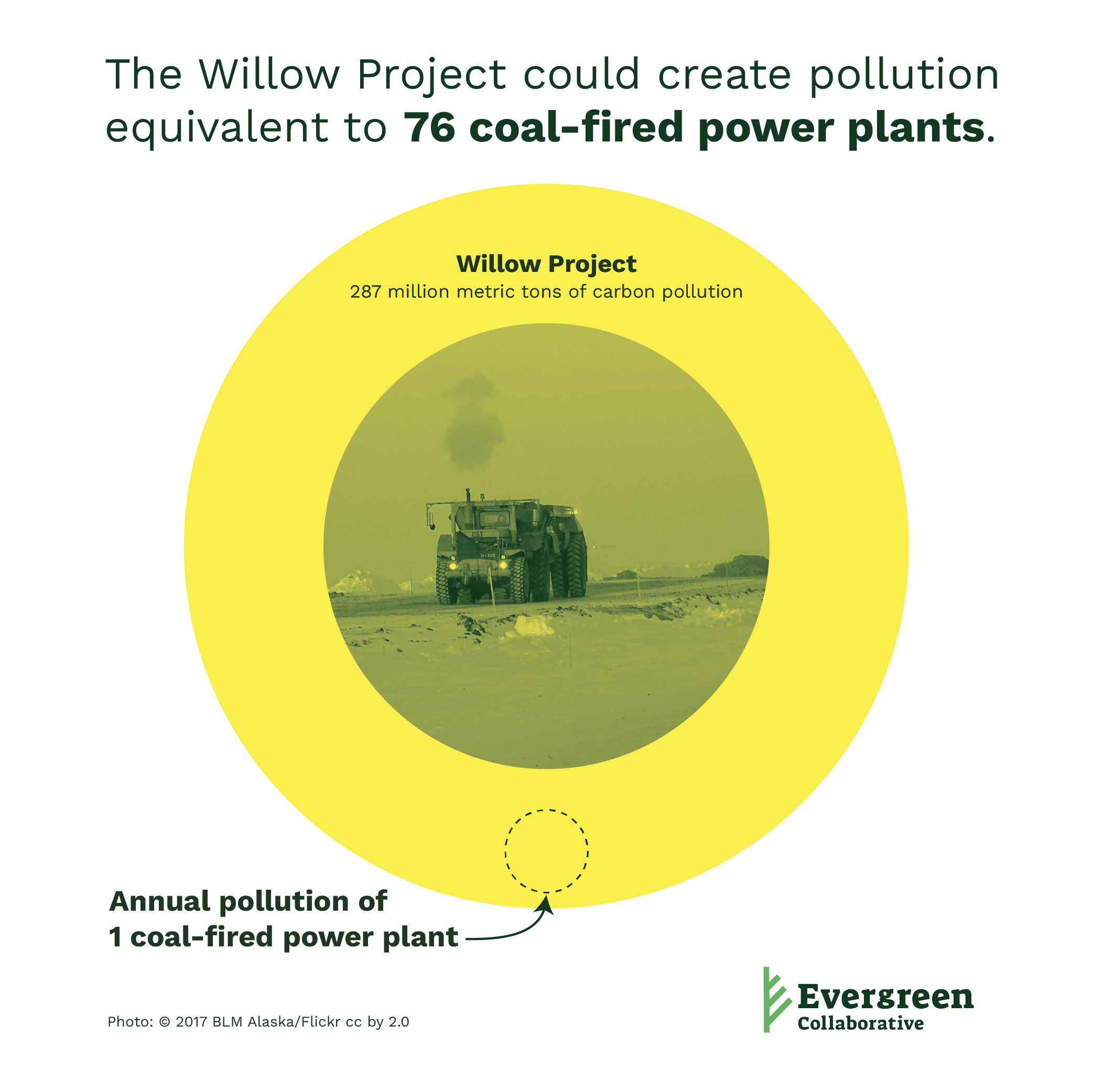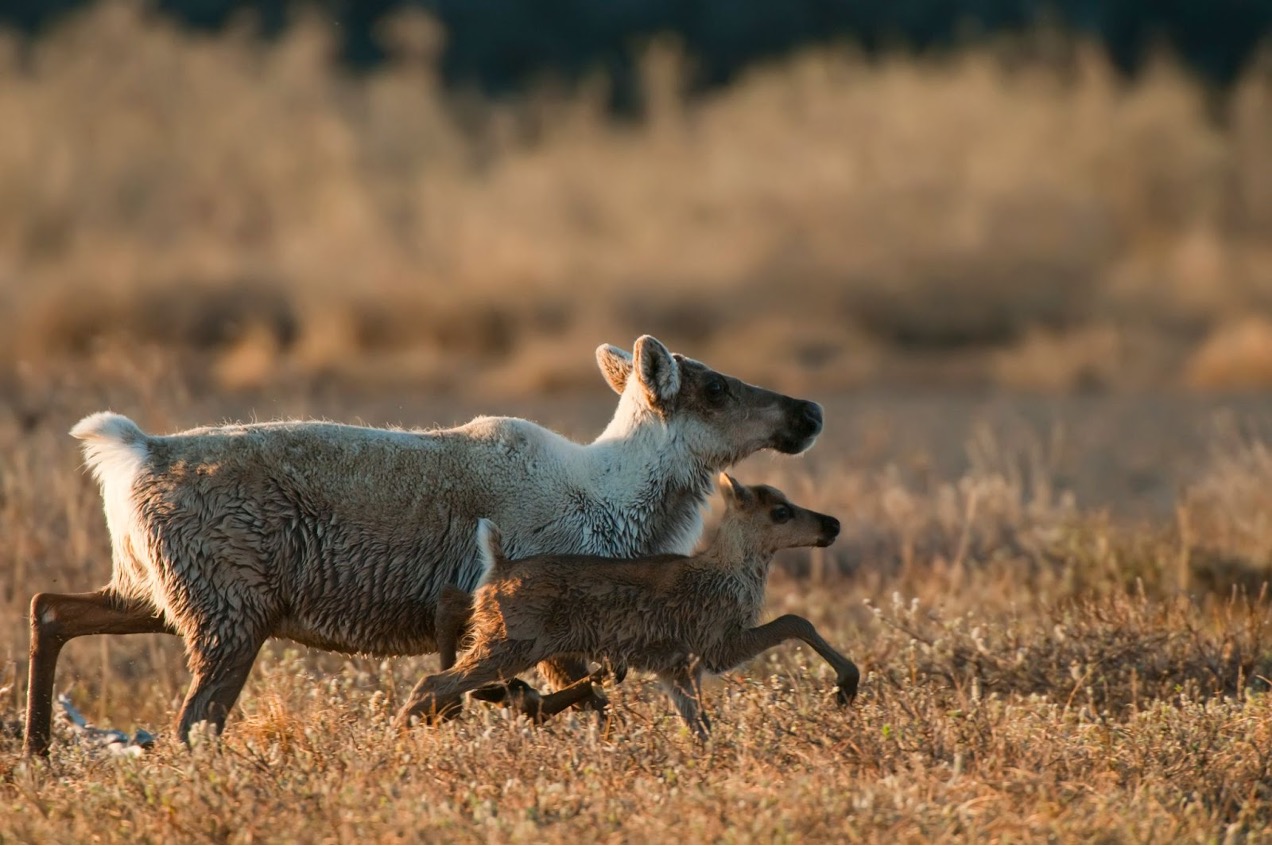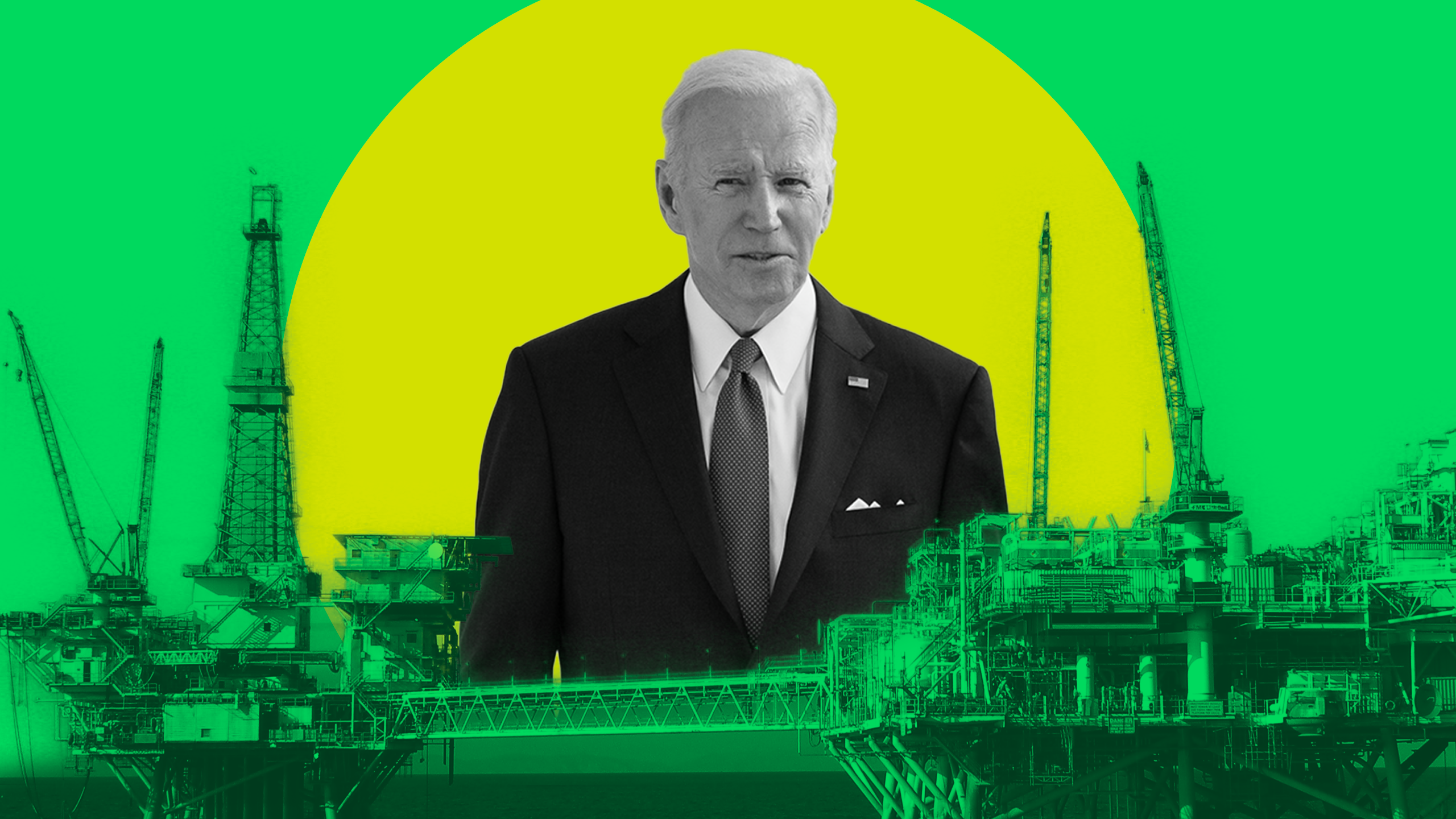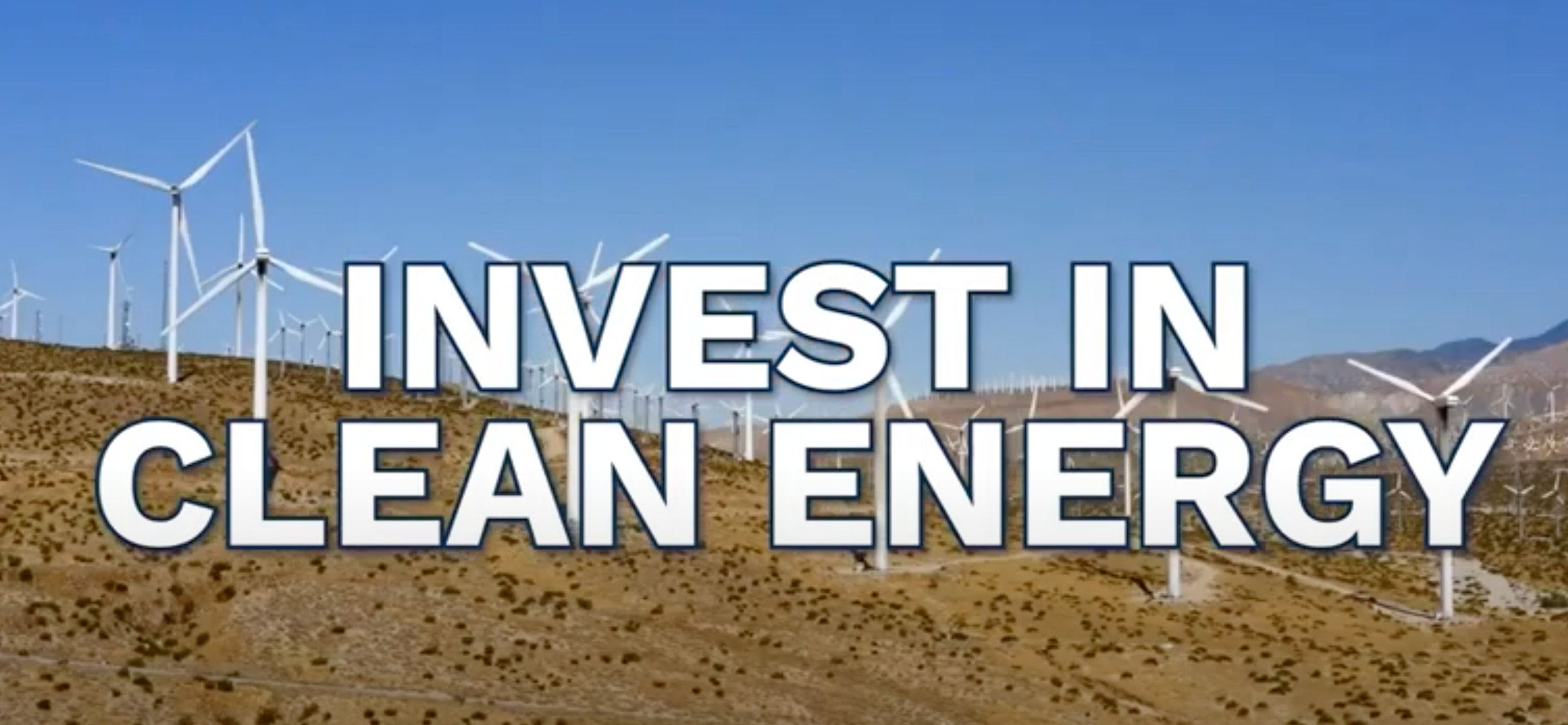Originally published March 2, 2022. Updated March 13, 2023 and July 29, 2022.
The Arctic is warming rapidly. Fossil fuel companies are to blame. But ConocoPhillips wants to build a massive oil and gas operation in Alaska’s fragile western Arctic. This proposal includes installing artificial “chillers” in the ground under its proposed drilling project so the permafrost won’t melt as they draw out millions of barrels of oil. It’s totally dystopian.
Meet the Willow Project, a 30-year plan from ConocoPhillips to drill in sensitive Alaskan ecosystems and near Indigenous communities. It’s the single largest oil extraction project currently proposed on US federal land – and it must be stopped.
Hold up, what’s the Willow Project?
Back in 2020, the Trump Administration approved the Willow Master Development Plan, better known as the Willow Project – a huge and controversial oil project slated for Alaska’s Western Arctic. Not long after, ConocoPhillips told investors that the development plan would be the “the next great Alaska hub.” In reality, the Willow Project promised to lock us into at least another three decades of catastrophic fossil fuel extraction.
Sounds like a bad idea for the climate? Well, it is. That’s why many environmental advocates breathed a sigh of relief last August, when a federal judge in Alaska halted the project, noting that the Department of Interior had failed to account for the full scope of greenhouse gas pollution and impacts on wildlife that would come with it.
Fast forward to 2022. Despite scientists issuing a code red for humanity if we don’t rapidly transition away from fossil fuels and to clean energy, ConocoPhillips has announced it still wants to move forward with the Willow Project. Now, the Bureau of Land Management (BLM) has released an incomplete and unacceptably narrow draft supplemental environmental impact statement to lay out the Willow Project’s impact. Earlier this year, we submitted over 6,600 comments speaking out against the Willow Project—and it’s time to raise our voices again against the project and its devastating costs.
